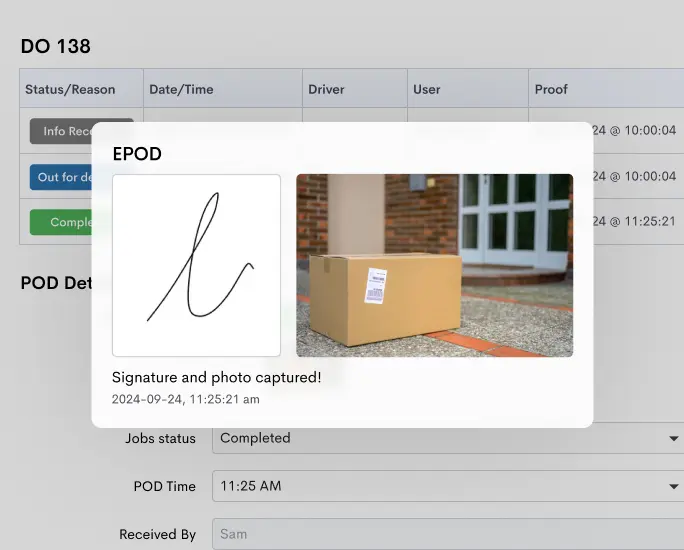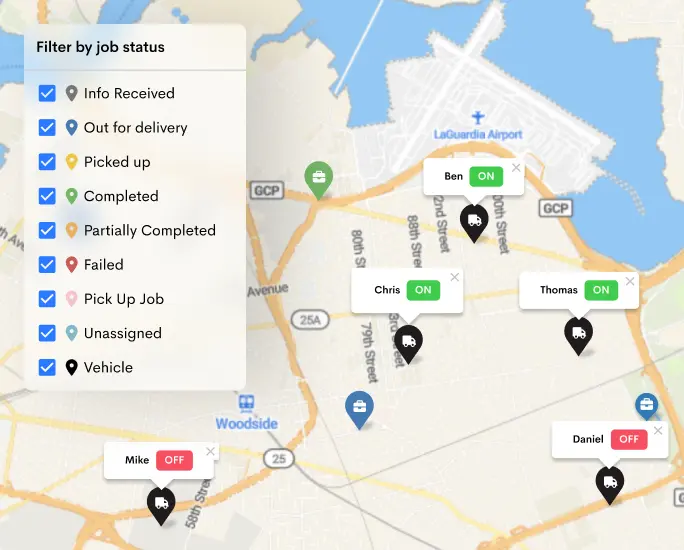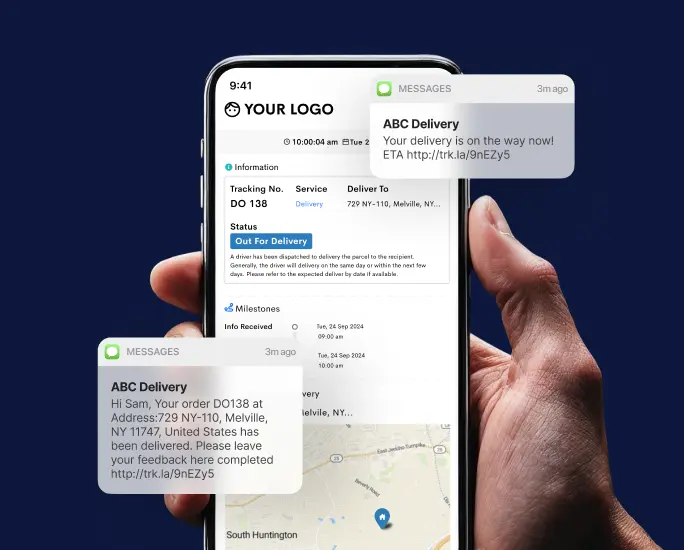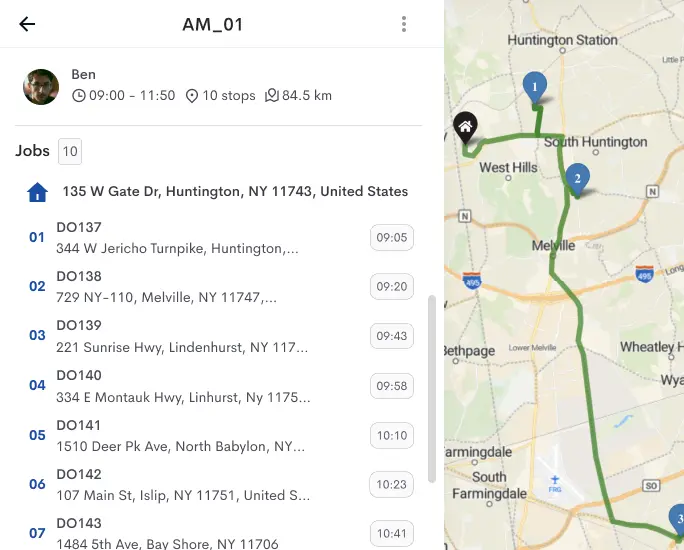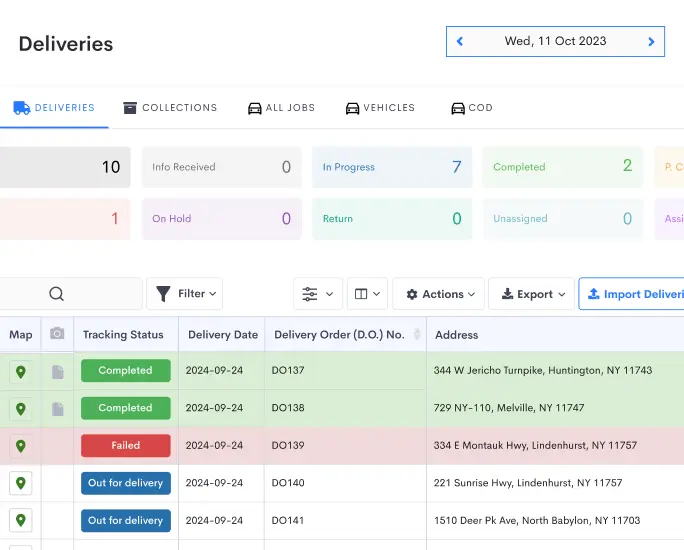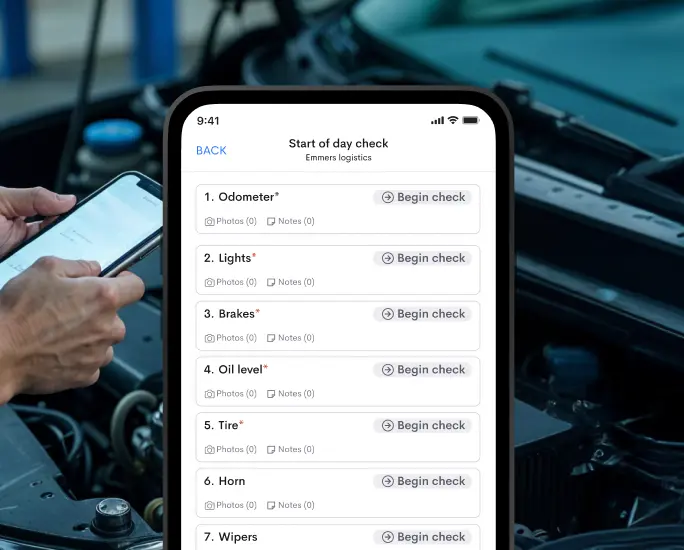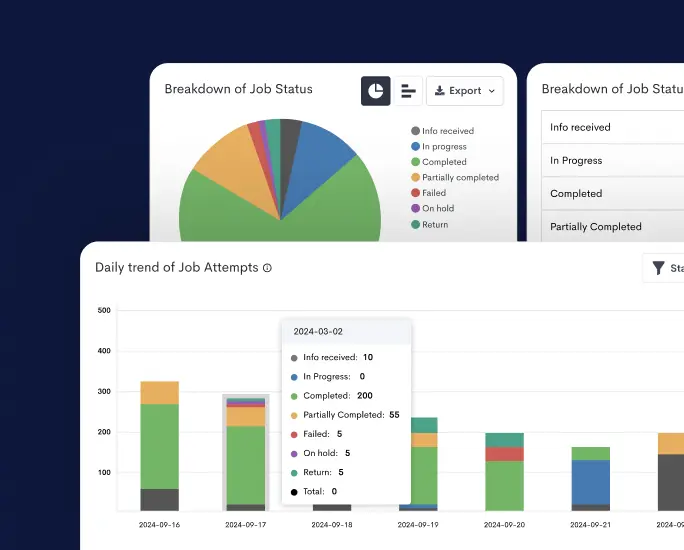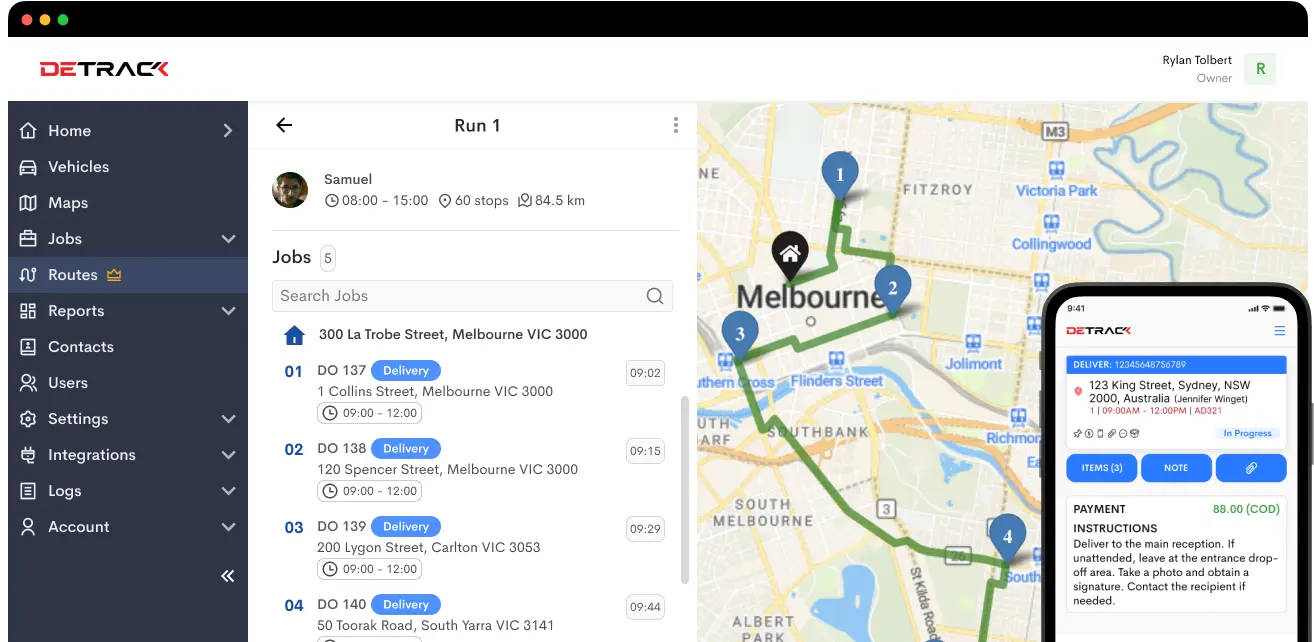Fleet management is a complex task that requires meticulous attention to detail, safety, and efficiency. One crucial aspect that often gets overlooked is the pre-start checklist. A comprehensive pre-start checklist is a vital tool that ensures vehicles are in optimal condition before hitting the road. It helps prevent accidents, minimizes downtime, and improves overall fleet performance.
In this article, we will explore why every fleet needs a comprehensive pre-start checklist, the key components of an effective checklist, and how it can positively impact fleet operations.
The Importance of a Pre-Start Checklist
A pre-start checklist is a structured process that allows drivers and fleet managers to inspect vehicles before operation. It ensures that every fleet vehicle is roadworthy, compliant with regulations, and free from mechanical issues that could lead to breakdowns or accidents.
1. Enhancing Safety and Compliance
One of the primary reasons fleets need a pre-start checklist is to enhance safety. According to the National Highway Traffic Safety Administration (NHTSA), vehicle-related defects contribute to thousands of accidents annually. A pre-start checklist can help detect potential issues before they become major problems, reducing the risk of collisions and ensuring compliance with safety regulations.
2. Minimizing Unplanned Downtime
Unexpected vehicle breakdowns lead to costly downtime and operational disruptions. Conducting thorough pre-start checks helps identify minor issues before they escalate, allowing for timely maintenance and repairs. This proactive approach keeps vehicles running efficiently and prevents sudden failures that could affect service delivery.
3. Improving Fleet Efficiency
A well-maintained fleet operates more efficiently. When vehicles are in top condition, fuel consumption is optimized, and overall performance is enhanced. A pre-start checklist ensures that all essential components, such as tire pressure, fluid levels, and braking systems, are functioning correctly, contributing to improved fuel efficiency and longevity of fleet vehicles.
4. Reducing Maintenance Costs
Regular pre-start inspections help fleet managers detect wear and tear early, preventing costly repairs and replacements. Identifying minor issues early reduces the likelihood of major mechanical failures, ultimately saving businesses thousands of dollars in maintenance expenses.
5. Boosting Driver Accountability
A pre-start checklist places responsibility on drivers to ensure that their vehicles are in good condition before beginning their routes. This accountability promotes a culture of safety and responsibility within the fleet, reducing negligence and improving overall operational discipline.
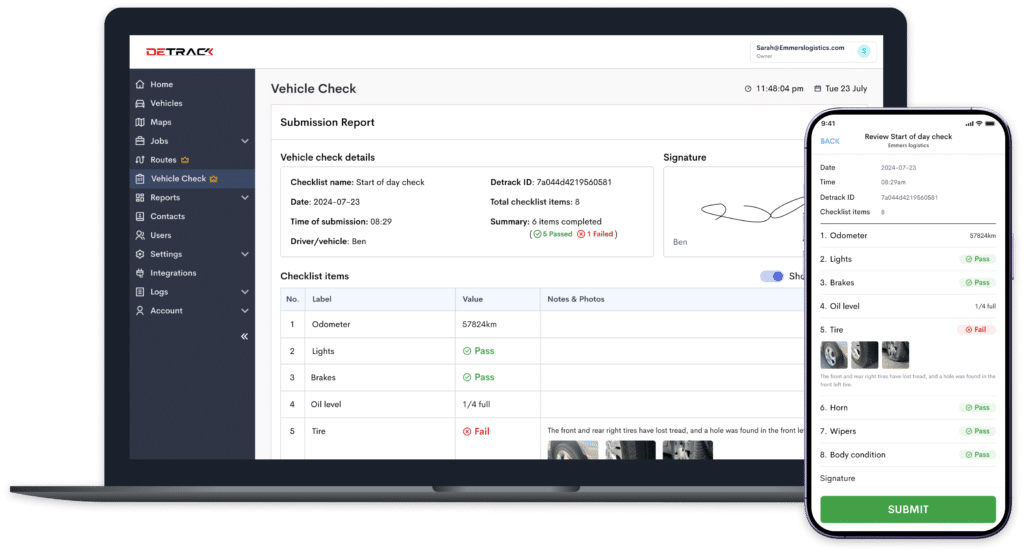
Key Components of a Comprehensive Pre-Start Checklist
An effective pre-start checklist should cover all critical aspects of a vehicle’s condition to ensure safety and compliance. Below are the essential components every fleet’s pre-start checklist should include:
1. Exterior Inspection
- Check for visible damage or dents
- Inspect tire pressure and tread depth
- Ensure headlights, brake lights, and indicators are functioning
- Check mirrors and windows for cracks or obstructions
2. Interior Inspection
- Test the functionality of dashboard warning lights
- Check the horn and wipers
- Ensure seatbelts and airbags are in proper condition
- Inspect the cleanliness and organization of the cabin
3. Fluid Levels
- Check engine oil levels
- Inspect coolant levels and radiator condition
- Ensure windshield washer fluid is topped up
- Verify power steering and brake fluid levels
4. Brake and Steering System
- Test brake responsiveness and pedal pressure
- Check for unusual noises when braking
- Ensure the steering wheel operates smoothly without resistance
5. Emergency Equipment
- Confirm that the first-aid kit is stocked and accessible
- Ensure fire extinguishers are present and up to date
- Check for emergency warning triangles and spare tire
6. Load and Cargo Securement
- Inspect load restraints and tie-downs
- Verify cargo weight distribution for balance
- Ensure doors and compartments are securely latched
Implementing a Pre-Start Checklist System
While having a checklist is essential, effective implementation is key to ensuring its success. Here are some steps to integrate a pre-start checklist system into fleet operations:
1. Use Digital Checklists
Traditional paper checklists can be inefficient and prone to errors. Digital checklists, like the one offered by Detrack, allow drivers to complete inspections quickly and accurately. They also enable fleet managers to receive real-time updates on vehicle conditions.
2. Train Drivers and Fleet Staff
Fleet managers should provide comprehensive training to drivers on properly conducting pre-start inspections. Training sessions should emphasize the importance of thorough checks and how they contribute to overall fleet safety and efficiency.
3. Establish a Reporting System
A structured reporting system ensures that any issues identified during pre-start inspections are addressed promptly. Drivers should have a clear protocol for reporting faults, and fleet managers should act on these reports without delay.
4. Monitor and Review Compliance
Fleet managers should regularly review compliance with pre-start checklists to ensure consistency. Regular audits and spot checks can help identify gaps and improve adherence to inspection procedures.
How Detrack Can Help
Detrack offers a powerful solution to streamline pre-start vehicle inspections and improve fleet management. With Detrack’s advanced vehicle tracking and reporting capabilities, fleet operators can digitize their pre-start checklists and ensure real-time updates on vehicle conditions.
Key Benefits of Using Detrack for Pre-Start Checklists:
- Automated Digital Checklists: Replace paper-based checklists with an intuitive mobile app that allows drivers to log inspections easily.
- Real-Time Issue Reporting: Instantly notify fleet managers of any detected issues, ensuring swift action and reducing downtime.
- Seamless Integration with Fleet Operations: Keep all vehicle inspection data in one place, improving accountability and regulatory compliance.
- Enhanced Safety and Compliance Monitoring: Track vehicle conditions over time and ensure compliance with safety regulations effortlessly.
- Data-Driven Insights: Use analytics and reports to identify recurring vehicle issues and optimize maintenance schedules.
By incorporating Detrack into your fleet’s pre-start inspection process, you can enhance operational efficiency, reduce maintenance costs, and improve overall fleet reliability.
Conclusion
A comprehensive pre-start checklist is not just a routine procedure but a fundamental necessity for fleet safety, efficiency, and cost savings. By integrating a structured pre-start inspection process, fleet managers can reduce risks, improve operational reliability, and enhance driver accountability.
Fleet operators should leverage digital solutions, train their teams effectively, and establish a proactive maintenance culture. With these strategies in place, fleets can maximize uptime, ensure compliance, and maintain a reputation for safety and reliability.
Whether you manage a small delivery fleet or a large transportation network, implementing a comprehensive pre-start checklist is a smart decision that pays off in the long run. Don’t wait until an unexpected breakdown or safety violation occurs—take action today and prioritize fleet safety and efficiency!

